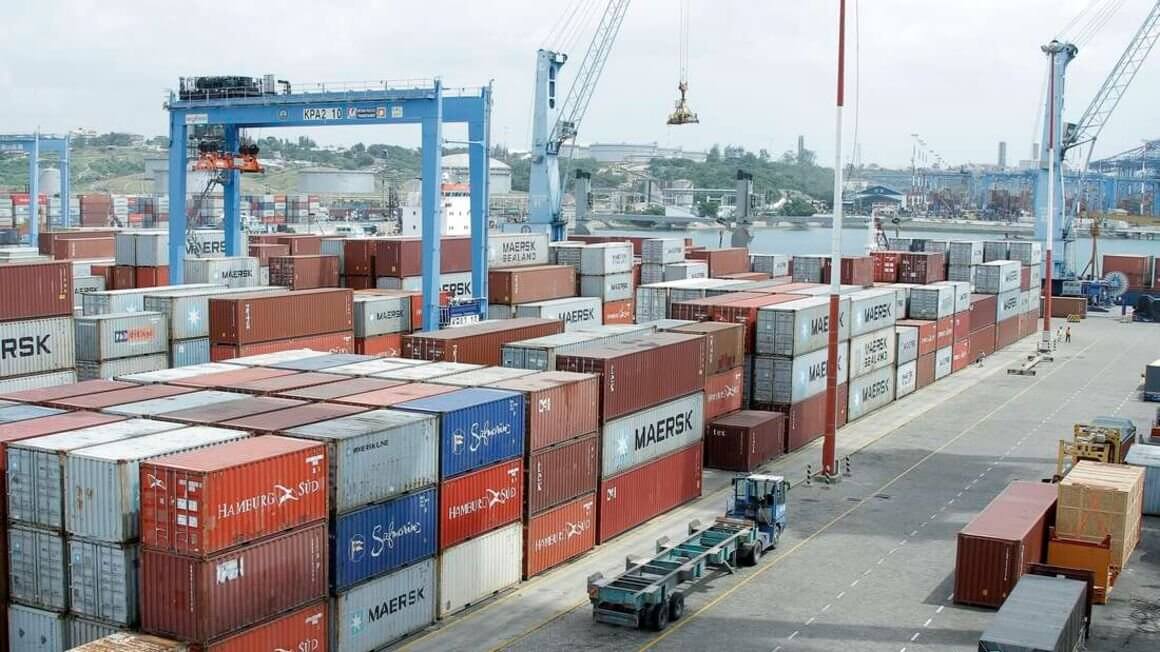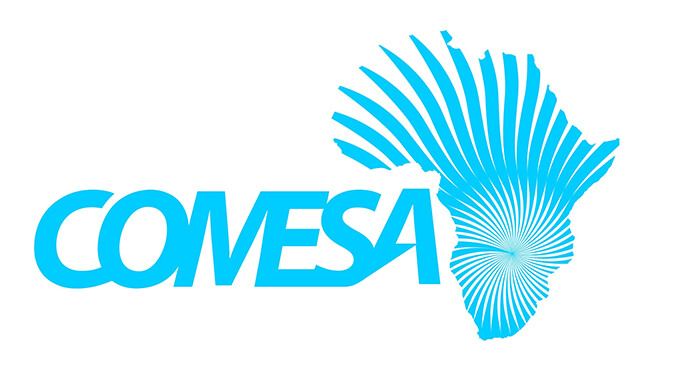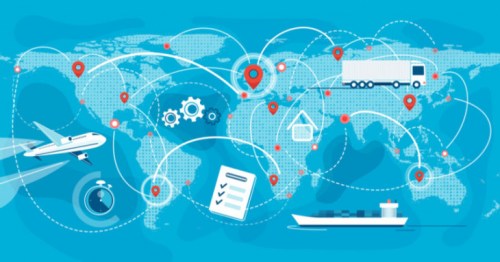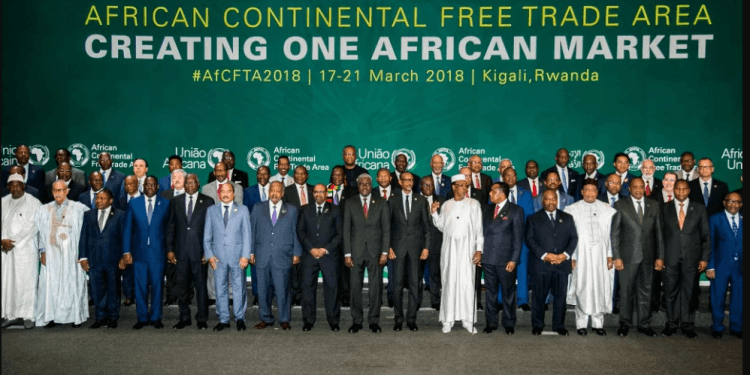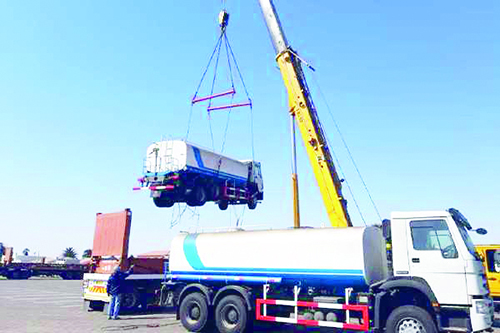The African Continental Free Trade Area (AfCFTA) was signed on 21st March 2018 in Kigali, Rwanda, by 44 out of the 55 African countries, and brokered by the African Union (AU). This agreement was born of the realisation that total trade exports from Africa to the rest of the world are estimated at USD 760 billion; however, this is mostly in the form of raw materials and thus prevents Africa from deriving the true value of such exports. Considering that African exports to the world make up only 3% of the total world trade value, there exists much scope for improvement. No wonder then, in a 2020 report, the World Bank estimated that by 2035, real income gains from full implementation of the agreement could be 7%, or nearly USD 450 billion, while predicting that the agreement could contribute to lifting an additional 30m people from extreme poverty and 68m people from moderate poverty. Against this backdrop, it is clear that the AfCFTA has the potential to make a significant impact on improving the livelihoods of the African people, by boosting intra-African trade and generating new employment opportunities on an integrated African labour market. In a follow-up report (https://bit.ly/3wZhqmM) published in June 2022, the World Bank listed other potential benefits of the AfCFTA on labour including higher-paid, better-quality jobs, especially for women; as well as wage rises of 11.2% for women and 9.8% for men by 2035. Policymakers say that the free movement of labour will be a key contributor to the successful...
How the African Continental Free Trade Area (AfCFTA) promises to improve labour mobility, spur wealth creation in Africa (By Margaret Soi)
Posted on: September 7, 2022
Posted on: September 7, 2022


